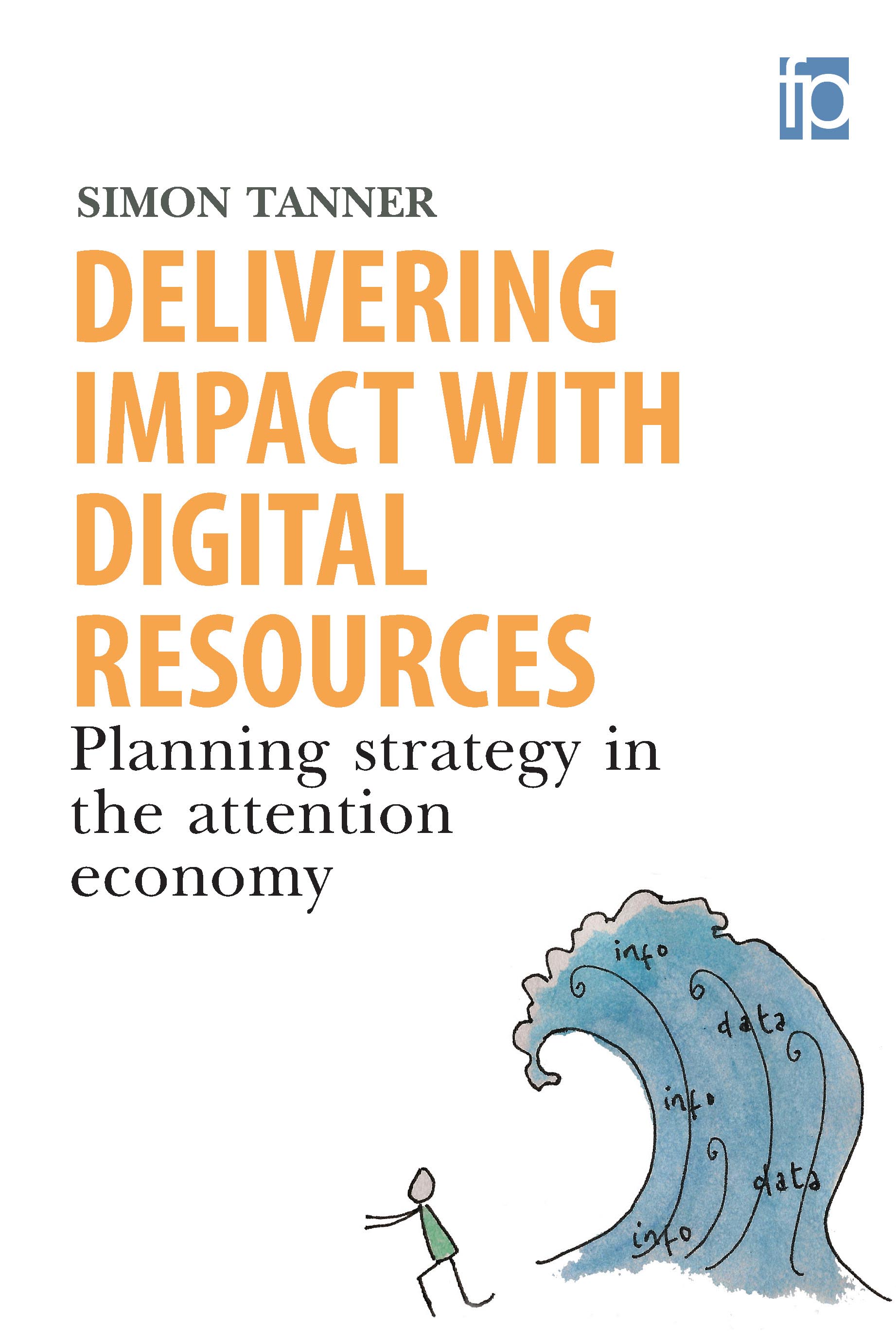
Primary tabs
You don't need to be an ALA Member to purchase from the ALA Store, but you'll be asked to create an online account/profile during checkout to proceed. This Web Account is for both Members and non-Members. Note that your ALA Member discount will be applied at the final step of the checkout process.
If you are Tax-Exempt, please verify that your account is currently set up as exempt before placing your order, as our new fulfillment center will need current documentation. Learn how to verify here.
- Description
- Table of Contents
- About the author
Our digital presence has the power to change lives and life opportunities. We must understand digital values to consider how organizational presence within digital cultures can create change. Impact assessment is the tool to foster understanding of how strategic decisions about digital resources may be fostering change within our communities. Delivering Impact with Digital Resources focuses on introducing both a mechanism and a way to thinking about strategies and evidence of benefits that extend to impact. Such that, the existence of a digital resource shows measurable outcomes that demonstrate a change in the life or life opportunities of the community. The book proposes an updated Balanced Value Impact Model (BVIM) to enable each memory organization to convincingly argue they are an efficient and effective operation, working in innovative modes with digital resources for the positive social and economic benefit of their communities. Coverage includes:
- a guide to using the Balanced Value Impact Model and a wide range of data gathering and evidence based methods;
- exploration of strategy in the context of digital ecosystems, an attention economy and cultural economics;
- working with communities and stakeholders to deliver on promises implicit in digital resources/activities;
- major case studies about Europeana, the Wellcome Trust and the National Gallery of Denmark, among others; and
- an exploration of the difference between the attitudes expressed by groups within digital cultures versus the actual behaviors they exhibit using impact exemplars from many sectors and geographies to show how they are explored and applied.
Check out this title's companion website at https://www.bvimodel.org/ which features additional content, BVI model implementations, adaptions and templates, and much more!
Introduction
1. The context of measuring impact to deliver strategic value
2. The Balanced Value Impact Model (BVIM)
3. Finding value and impact in an attention economy
3. Impact in libraries, archives, museums and other memory institutions
4. Strategic Perspectives and Value Lenses
5. Planning to plan (assessing context, analysis and design)
6. Implementing the BVIM Framework
7. Using the BVIM (narrating outcomes, review and respond)
8. Bringing the threads together
Glossary of terms and methods of impact assessment
Simon Tanner
Simon Tanner is Professor of Digital Cultural Heritage in the Department of Digital Humanities at King’s College London. He is also Pro Vice Dean for Research Impact and Innovation in the Faculty of Arts and Humanities. As an information professional, consultant, digitization expert and academic he works with major cultural institutions across the world to assist them to transform their collections and online presence. He has consulted for or managed over 500 digital projects, including digitization of the Dead Sea Scrolls, and has built strategy for a wide range of organizations. These include many national libraries and museums in Europe, Africa, America and the Middle East, and he has had work commissioned by UNESCO, the Danish government, the Arcadia Fund and the Andrew W. Mellon Foundation. Simon is currently working with the US National Gallery of Art on their digital strategy.
Simon was Chair of the Web Archiving sub-committee as an independent member of the UK Government appointed Legal Deposit Advisory Panel. He is a member of the Europeana Impact Taskforce and part of the AHRC funded Academic Book of the Future research team. He teaches on the Masters in Digital Asset and Media Management and the BA in Digital Culture at King’s College London. He was the co-author of the Facet Publishing books Digital Preservation (2006) and Digital Futures (2001).
He tweets as @SimonTanner and blogs at http://simon-tanner.blogspot.co.uk/.


